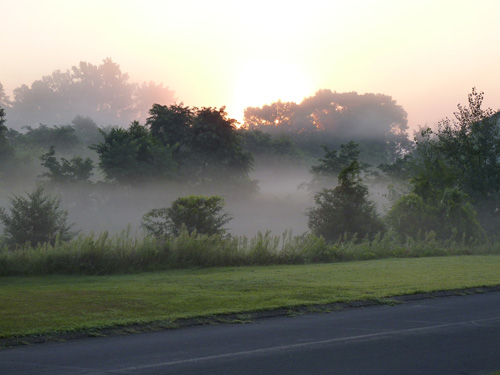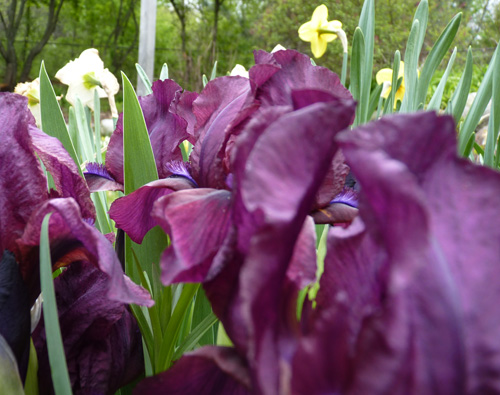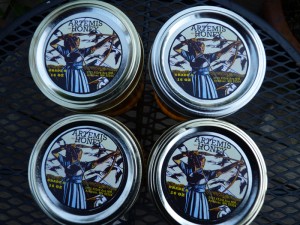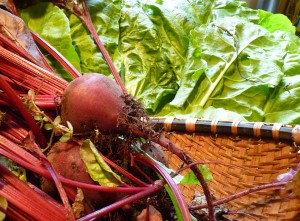Beltane Summer Moon
Dug out a yew that created a beautiful blue-green pattern against our east facing boulder wall. 15 years ago. Since then, cruel winter sun bounced back from the yard as the sun rose  burned it, then burned it again and again. The blue-green became conifer death bronze mixed with blue-green. Might sound interesting on paper, but it’s not.
burned it, then burned it again and again. The blue-green became conifer death bronze mixed with blue-green. Might sound interesting on paper, but it’s not.
The yew will not be the only long term planting here to get excised or significantly reshaped this year. Like not getting a haircut on the day of the job interview, preparing our front landscape is better done now, so some of it can grow out, look natural. We want to land that job. Yes we do.
Continues to feel strange while I work in the garden beds, among the orchard’s trees and shrubs knowing that perhaps by this time next year, I will no longer be responsible for them. Wendell Berry had been my lodestar, taking over a family farm, staying on it, learning it, working it for the future, not the present only. Now it’s clear that I am what I really always was, a temporary custodian.
We have done right by the land here. Soil amendments with organic matter like manure, compost, top soil mixed with the natural Great Anoka Sand Plain to create healthy, productive perennial beds, vegetable beds and orchard. We planted for the long term  when we bought the house in 1994, using a landscape architect from Otten Brothers and laying in river birch, amur maple, a bur oak, spruce and Norwegian pine. We put in several boulder walls and created a three-tiered perennial garden with a brick patio in its midst, just off glass doors leading into a bedroom sized space I used as a study for a long time.
when we bought the house in 1994, using a landscape architect from Otten Brothers and laying in river birch, amur maple, a bur oak, spruce and Norwegian pine. We put in several boulder walls and created a three-tiered perennial garden with a brick patio in its midst, just off glass doors leading into a bedroom sized space I used as a study for a long time.
Over the next couple of years we amended the soil even more than Otten Brothers had done in all the flower beds. Jon and I cut down the black locust trees that dotted the area occupied now by the orchard and the vegetable garden. We chipped the trees and used them for mulch. Jon built raised beds and they’re still in use. The orchard came later, but began to bear fruit three years ago and had an excellent year last year.
With the exception of the sheds and the fire pit we’ve largely left the woods alone, letting  them be habitat for wild critters and a place for our dogs to roam.
them be habitat for wild critters and a place for our dogs to roam.
We raised bees here as Artemis Honey. Our pantry downstairs has honey from our hives, canned vegetables from many years in clear jars. There is there, too, a wooden tray system for onions, garlic, apples and pears. It’s empty because those pantry residents go first as we eat through the year’s crops. Some of it is frozen, greens for example, ground cherry and raspberry pies, chicken-leek pies. We just had a chicken-leek pie yesterday for lunch.
This will be the third year of the International Ag Labs program aimed at growing optimal crops of healthy food while improving the soil rather than depleting it. We also have permaculture touches like plant guilds, an herb spiral, a suntrap, flowers planted among  the vegetables.
the vegetables.
All this might be overwhelming to a potential buyer, but I have plant lists, soil tests, names of suppliers and assistants. We will also have photographs of our property throughout the year since this kind of work goes on all during the growing season, typically from late March through the middle of October.
It is my hope that whoever buys this property will love the land and its potential. They won’t do just what we did, but horticulture is a flexible art, open to the values and desires of many sorts of people.
